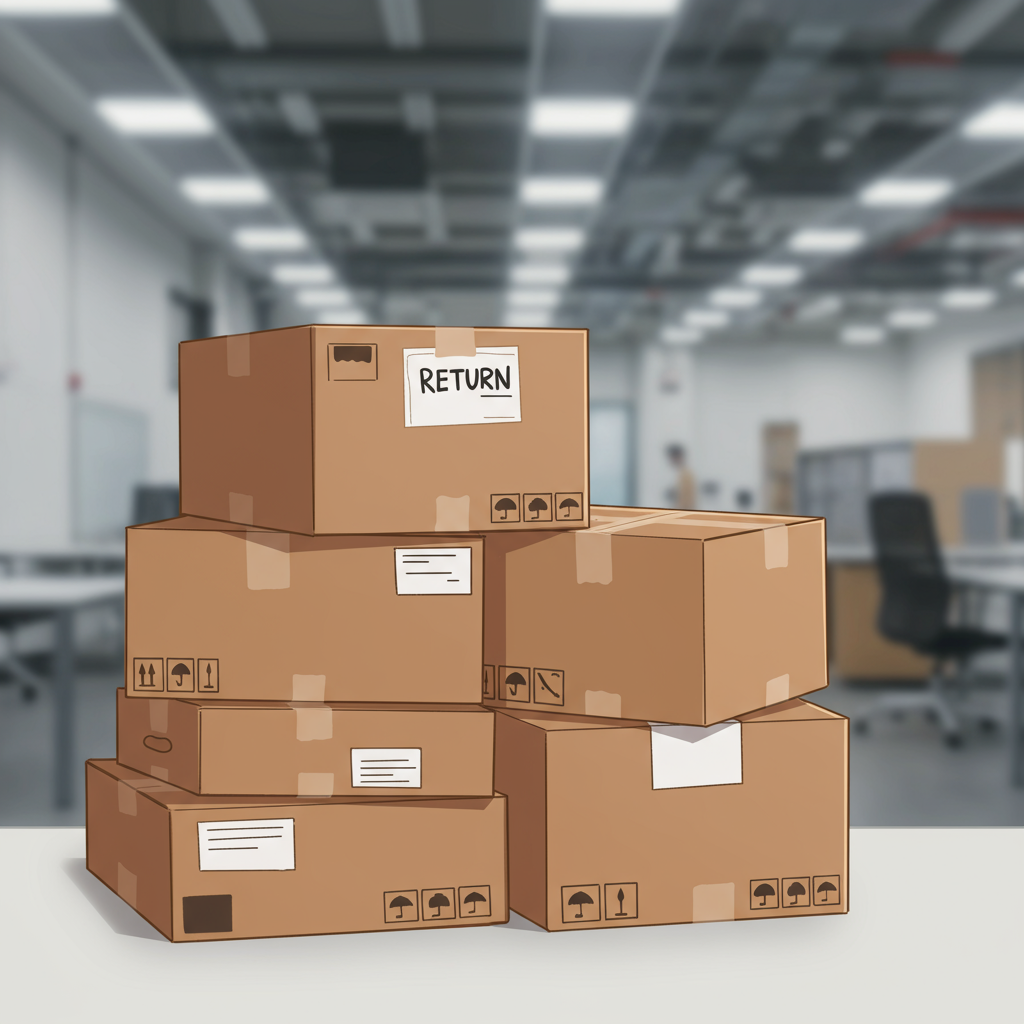Essential tips for merchants to streamline returns, build trust, and enhance operational efficiency.
Hello fellow Shopify merchants! Today, I want to talk about something crucial yet often overlooked: your return address logistics.
It might seem like a minor detail, but a well-managed return address strategy is fundamental to your e-commerce success.
It impacts customer trust, operational efficiency, and even your brand’s professional image.
When I first started my own online store, I quickly realized that returns, while sometimes a headache, are an inevitable part of doing business.
How you handle them, starting with where customers send items back, speaks volumes about your professionalism.
So, what exactly is a return address in the context of your Shopify store?
Simply put, it’s the physical location where customers send back products they wish to return or exchange.
This address needs to be clearly communicated in your return policy and often on shipping labels.
Why is this so important for us, as Shopify store owners?
Firstly, it builds immense customer trust. A clear, professional return address signals reliability.
Customers feel more secure knowing there’s a legitimate place for their returns, reducing purchase anxiety.
Secondly, it’s about legal compliance. Many regions have consumer protection laws that require clear return instructions.
Providing an accessible return address helps you meet these legal obligations, avoiding potential disputes.
Thirdly, and perhaps most practically, it’s about operational efficiency.
A proper return address streamlines the entire returns process, from receipt to processing refunds or exchanges.
Without a dedicated system, you risk lost packages, delayed refunds, and frustrated customers.
I’ve seen common pitfalls, like merchants using their personal home address. While convenient initially, this raises privacy concerns.
It also looks less professional and can blur the lines between your personal life and business operations.
Another mistake is not having a clear, consistent return address across all your customer touchpoints.
This leads to confusion and can result in returns being sent to the wrong place, or not at all.
So, what are our options for setting up an effective return address? Let’s explore the main ones.
The most straightforward option, if you have one, is your dedicated business premises address.
This is ideal for established businesses with a physical office or warehouse. It’s professional and straightforward.
However, many of us operate from home or don’t have a separate commercial space.
In such cases, a Post Office Box (PO Box) can be a good alternative.
A PO Box offers privacy, separating your home address from your business. It’s generally affordable too.
The main limitation with PO Boxes is that they often have size restrictions for packages. Larger returns might not fit.
You might also need to pick up packages regularly, which can be time-consuming.
A more flexible option, which I highly recommend for many online businesses, is a Virtual Mailbox service.
These services provide a professional street address, not a PO Box number, which looks more legitimate.
They can receive mail and packages of all sizes, often scanning your mail or forwarding it to you.
This offers excellent privacy and a professional image, even if you’re working from your kitchen table.
For businesses with higher return volumes or those looking to scale, partnering with a Third-Party Logistics (3PL) provider is an excellent choice.
A 3PL can handle your entire fulfillment process, including receiving and processing returns directly at their warehouse.
This offloads a significant operational burden, allowing you to focus on growth and product development.
They have the infrastructure and expertise to manage returns efficiently, from inspection to restocking.
Once you’ve chosen your return address, it’s crucial to integrate it seamlessly into your Shopify store.
First, ensure it’s clearly stated in your shipping settings within your Shopify admin. This is often the default return address for labels.
More importantly, prominently display it within your return policy page.
Your return policy should be easy to find, clear, concise, and include step-by-step instructions for initiating a return.
This includes the exact return address, any required return merchandise authorization (RMA) numbers, and packaging instructions.
Consistency is key. The address on your website, in your emails, and on your shipping labels must all match.
Consider using Shopify apps designed to streamline returns. Apps like Returnly or Loop Returns can automate much of the process.
They can generate return labels, track incoming returns, and manage exchanges, reducing manual effort.
When a return arrives, have a clear process for inspection. Is the item in its original condition? Are all parts present?
Decide whether the item can be restocked, needs repair, or must be disposed of.
Promptly process refunds or exchanges according to your policy. Timeliness here significantly impacts customer satisfaction.
Remember, a smooth return experience can turn a potentially negative situation into a positive one, fostering loyalty.
Always communicate clearly with your customers throughout the return process.
Send automated updates when the return is received, inspected, and when a refund or exchange is processed.
This transparency builds trust and reduces customer inquiries.
Finally, always be aware of consumer protection laws in your operating regions.
These laws often dictate minimum return periods and conditions, which your policy must adhere to.
A well-thought-out return address strategy is not just about logistics; it’s about building a robust, trustworthy, and efficient e-commerce business.
It’s an investment in your brand’s reputation and long-term success.
I hope these tips help you refine your Shopify return address logistics.
What do you think about this article? I’d love to hear your thoughts and experiences!






